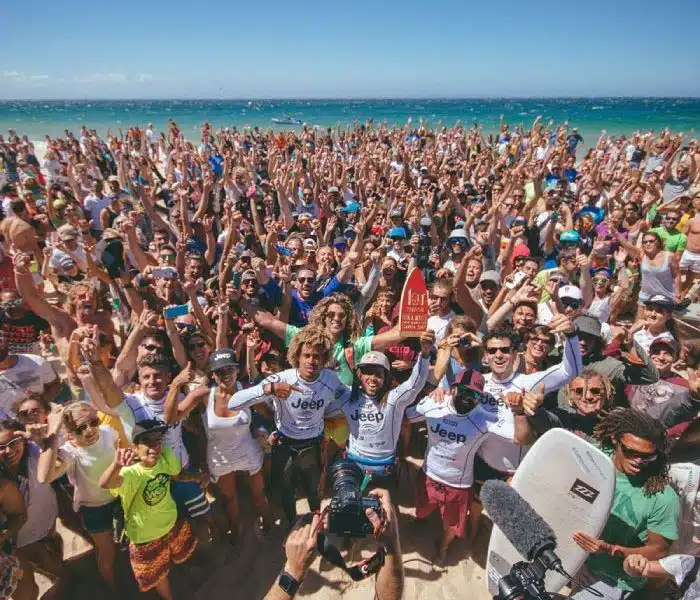2-All you need to know about Tarifa weather
2-All you need to know about Tarifa weather https://freeridetarifa.com/wp-content/uploads/2017/01/Kitesurfing_Class-Spain-tarifa-Freeridetarifa.jpg 1000 1000 Freeride Tarifa Freeride Tarifa https://freeridetarifa.com/wp-content/uploads/2017/01/Kitesurfing_Class-Spain-tarifa-Freeridetarifa.jpg- FRT
- no comments
You’ll find two major weather phenomena on Tarifa: the venturi effect and the thermal effect.
-
- The venturi effect involves the acceleration of wind. Specifically, when wind is forced to follow a funnel-shaped path (i.e. it finds itself passing through a path narrower than the one from which it comes). This causes it to become compressed and therefore accelerated at the level of the narrowing.
The strong ‘Levante’ characteristic of Tarifa is the result of this effect. The wind coming from the eastern Mediterranean is compressed between the mountain chain of southern Spain (the Sierra Nevada) and the mountain range of northern Morocco (the Atlas). Tarifa being at the level of the strait – exactly at the exit of the neck formed by the mountains – thus enjoys a fairly strong wind.
This effect can generate a wind generally between 20 and 40 knots, but can exceed 50 knots at times.
- The thermal wind is the result of a movement of air of different temperatures. In this case, it’s the air temperature on land and the air temperature above the sea. As the sun heats the earth, warm air rises to the sky, creating a breath of fresh air from the sea. Hot air that rises in altitude cools down and moves towards the sea to replace the air that has left.
An air circuit is created during the day following the heating and cooling of the ground. The thermal wind generally settles in the late morning, increases in the afternoon and vanishes in the early evening. Its intensity is proportional to the difference in temperature between land and sea.
This phenomenon appears mainly during the summer and reinforces the second wind present on Tarifa, the ‘Poniente’. This effect can cause a wind between 15 and 25 knots.
These two phenomena, characterising Tarifa, are not taken into account when you look at the weather. You’ll have to learn to read the weather and take this into account to get your own idea of the wind you will find on the spot.
We had three fantastic days of kitesurfing. The wind conditions were great, the equipment was high quality and the lessons were easy to follow. The perfect place to progress.
Clément Schambel
Now you know all about the weather – it’s time to learn about your equipment in our next post to know what gear you need.
Follow our advice: Kitesurfing is a safe and fun sport, but only if you follow the right precautions and stay alert.
Read our advice news to learn about the best practice to adopt when you’re a beginner in Kitesurfing.
- Post Tags:
- advice
- Kitesurfing
- Tarifa
- Weather
- Posted In:
- Beginners advice
- Kitesurf
FRT
After years of travelling the globe and kitesurfing along all the best coasts, I've decided it was time to settle down and share my knowledge. Sports teacher since more than 10 years, share my passion for sport activities is natural.
All stories by: FRT




